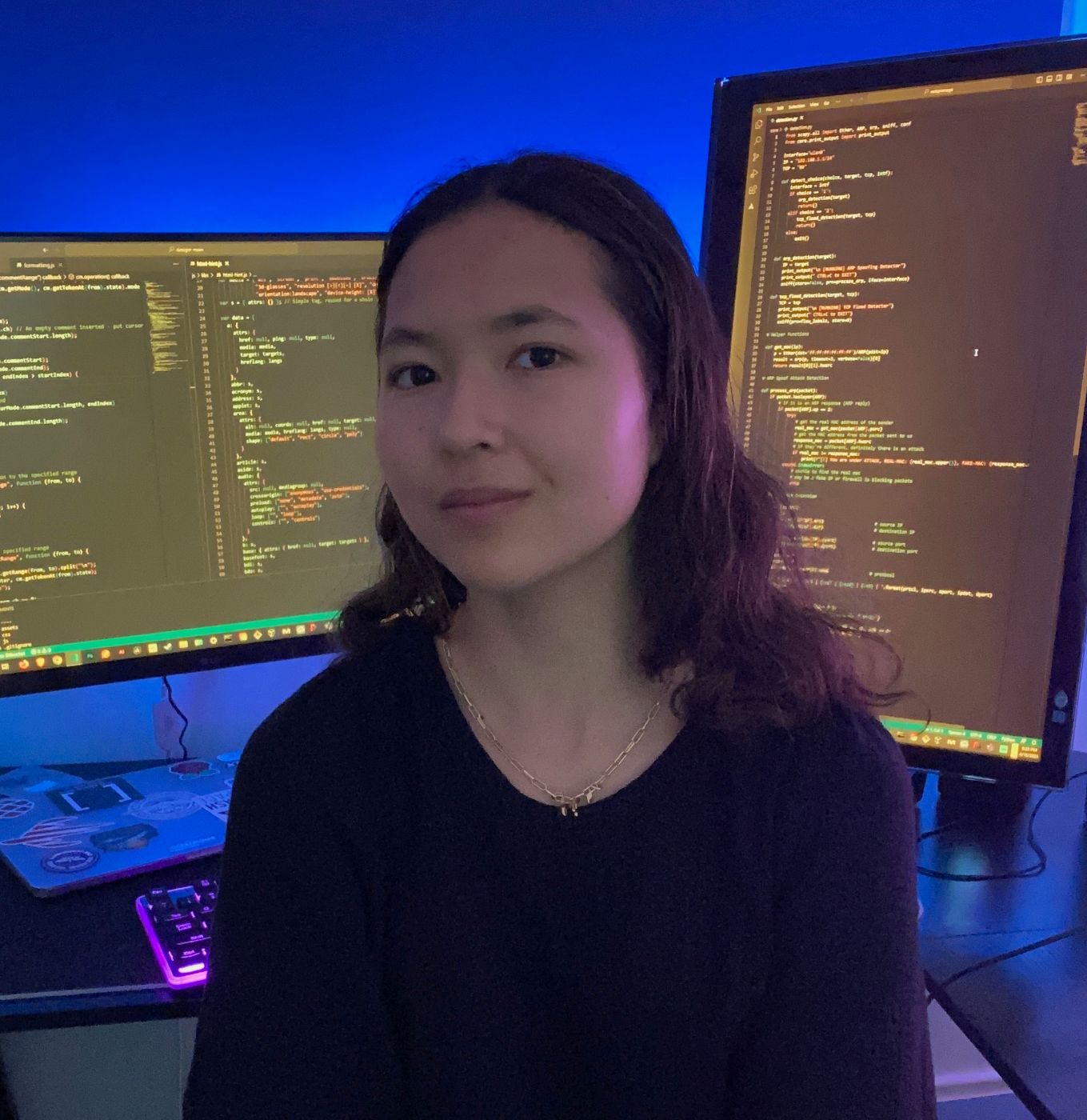Audio Presented by

Mechatronics Developer, Programmer, Pilot, Aerospace Cybersecurity Researcher, and Analog Astronautics Enthusiast
About Author
Mechatronics Developer, Programmer, Pilot, Aerospace Cybersecurity Researcher, and Analog Astronautics Enthusiast